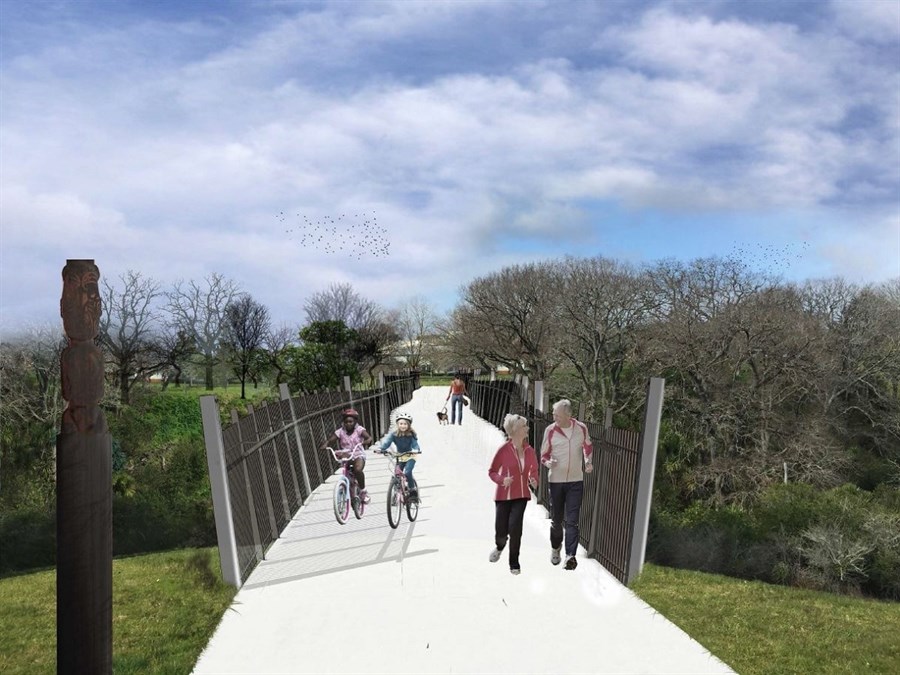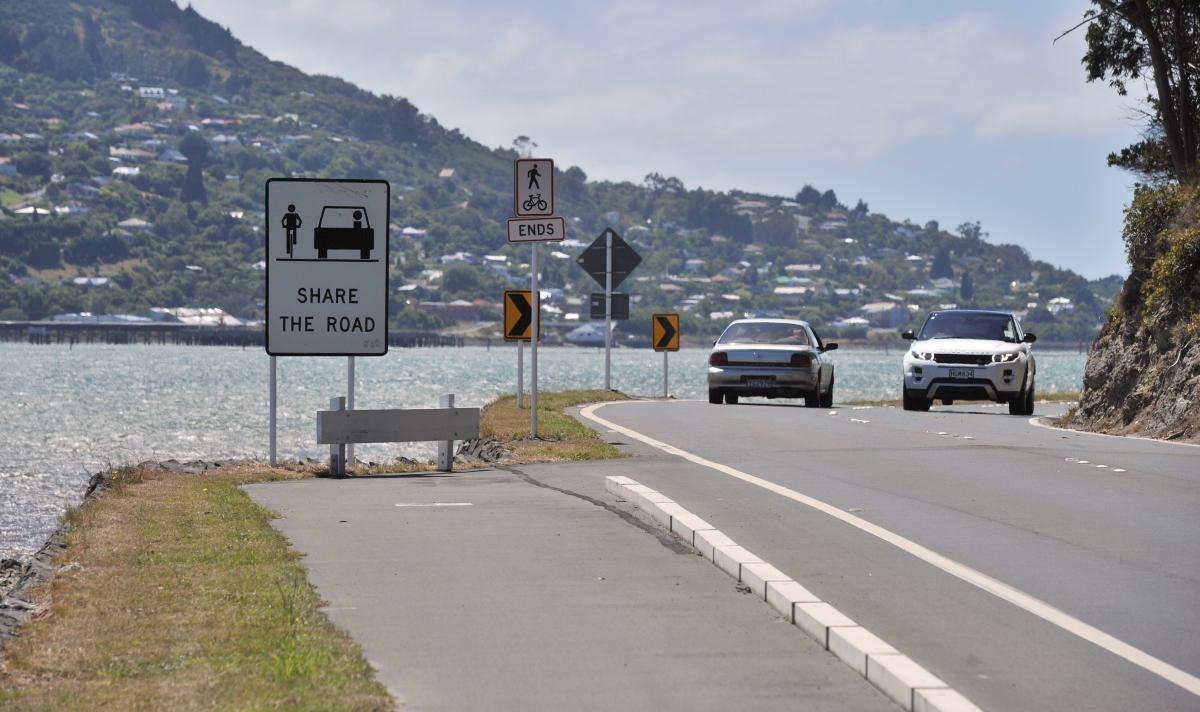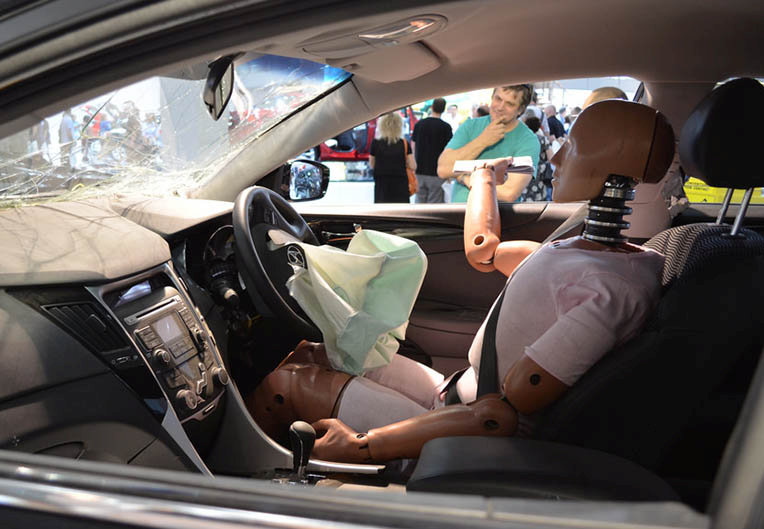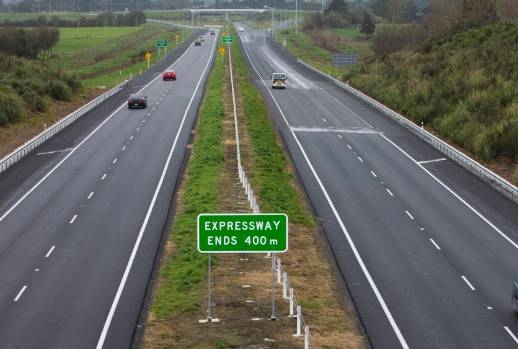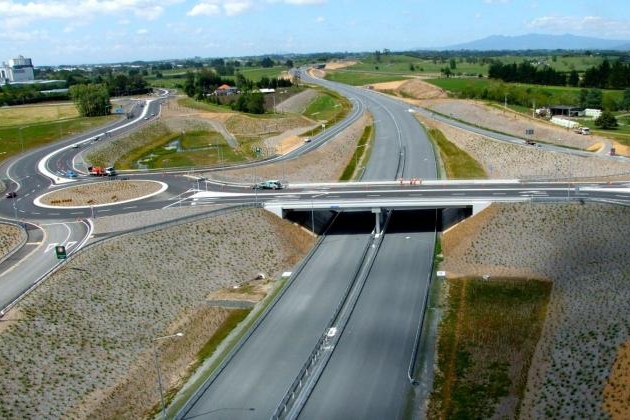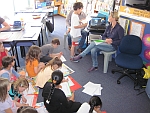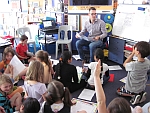<- Homepage: Getting around: your options for a sustainable future
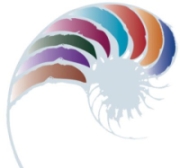 All LEARNZ field trips targeting primary and secondary schools are closely linked to the New Zealand curriculum, in particular science, social studies and geography. They can also be used by other subject teachers.
All LEARNZ field trips targeting primary and secondary schools are closely linked to the New Zealand curriculum, in particular science, social studies and geography. They can also be used by other subject teachers.
Key concepts
boundary, changing values, citizenship, electric vehicles, future focus, government, infrastructure, innovation, land use, law, NZ Transport Agency, people and the environment, personal health, perspectives, resource use, risk management, risks, road safety, roads, safety, sustainability, technological change, technology, transport, urban design, values, viewpoints, Wellington
The New Zealand Curriculum - NZC
Key Competencies
LEARNZ virtual field trips contribute to the development of all five key competencies:
| Key Competencies | Examples of Related Field Trip Components |
| Thinking | Constructing questions to put to experts during web conferences. |
| Using language, symbols and texts | Interpreting and making meaning of a variety of language and symbols in the background readings and throughout the web site. |
| Managing self | Numerous content-related activities and quizzes provide students with chances to engage with the material and create their own interpretation of the content. |
| Relating to others | Videos connect students with a range of expert opinions and situations involving individuals from throughout Aotearoa. |
| Participating and contributing | LEARNZ Virtual Field Trips are an ideal medium for group-based topic inquiry. They also enable students to transfer new learning into the context of their own communities where they are encouraged to take action. |
(See page 12-13 NZC 2007)
Values
The Getting Around field trip encourages, models and explores these values:
- innovation, inquiry and curiosity
- diversity
- community and participation
(see page 10 NZC 2007).
E-learning and pedagogy
The Getting Around field trip directly involves learning that is supported by information and communication technology (ICT). In particular, the trip will:
- Assist the making of connections by enabling students to enter and explore new learning environments, overcoming barriers of distance and time.
- Facilitate shared learning by enabling students to join or create communities of learners that extend well beyond the classroom.
- Enhance opportunities to learn by offering students virtual experiences and tools that save them time, allowing them to take their learning further (Page 36 NZC 2007).
Health and Physical Education
| Strand | Achievement Aims |
|
Personal health and physical development - A
|
A3 Safety management L2: Identify risk and use safe practices in a range of contexts. L3: Identify risks and their causes and describe safe practices to manage these. L4: Access and use information to make and action safe choices in a range of contexts. L5: Investigate and practise safety procedures and strategies to manage risk situations. |
|
Healthy communities and environments - D
|
D1 Societal attitudes and values L2: Explore how people’s attitudes, values, and actions contribute to healthy physical and social environments. L3: Identify how health care and physical activity practices are influenced by community and environmental factors. |
Social Science
| Strand | Achievement Aims |
|
Social Studies
|
Continuity and Change
Place and Environment
|
Technology
| Strand | Achievement Aims |
|
Technological Knowledge
|
Technological Products
|
|
Technological Practice
|
Planning for practice
Brief development
Outcome development and evaluation
|
|
Nature of Technology
|
Nature of Technology
|
English
The selected processes and strategies indicators used in the table below are from Level three of the NZC, but aim to cover indicators from levels two to four.
| Strand | Processes and strategies indicators | Example of related field trip component |
|
Speaking, Writing and Presenting
|
|
|
|
Listening, Reading and Viewing
|
|
|

